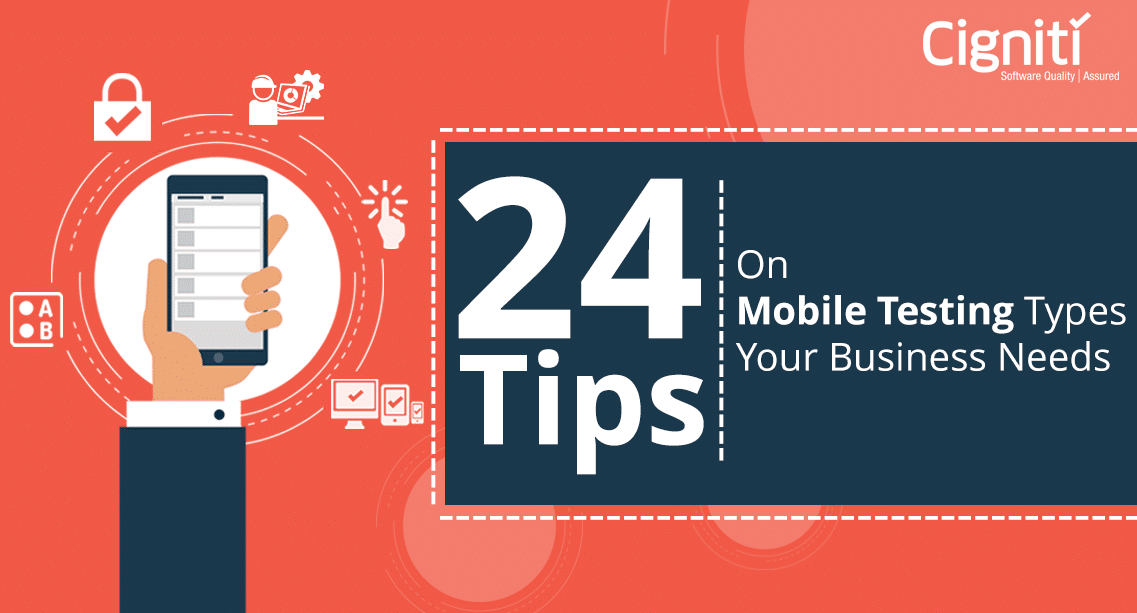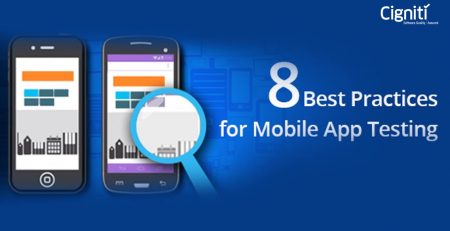Which are the best mobile testing tools – Simulators, Emulators, or Real devices?
|
Listen on the go!
|
Mobile testing today has become a nightmare due to the huge number of devices and configurations that mobile apps and websites need to be cross-checked against. If an organization wants to retain and grow its database of users, it must invest in these tests for confirming the smooth running of its apps. If the apps fail to perform seamlessly, users very easily move on to other apps by competitors.
Thankfully, today we have a host of debugging tools for testing the apps thoroughly, end-to-end. These tools may be categorized into three broad categories: emulators, simulators, and real devices. Well, there are a lot of people who may say that emulators and simulators must be clubbed as a single group – sure, if mimicking the outer behaviour of an object may be considered the same as mimicking the internal behaviour of an object. Real device testing does what the name implies – tests the apps as they run on your smartphones.
Let’s take a deeper look at each of these categories.
While testing on a real device requires the use of an actual phone, emulators and simulators are based on the concept of virtual testing. Virtual testing involves testing the app on a software that provides the same functionality as provided by the real phone.
For testing mobile apps, an emulator may be a desktop application that mimics the hardware and OS of the applications to be tested. A simulator does not mimic the hardware/OS, but rather the basic behavior of a device. While simulators are usually simpler, they are not as useful as emulators. Real device testing checks the functionality of mobile applications to ensure that the app will work as desired.
Emulators provide better results (vis–a–vis simulators) as they can be used to test specific situations and also mimic multiple devices. While a lot of device manufacturers create simulators, emulators are often used more as they are relatively cheaper – specifically if compared to real devices.
Emulators & Simulators vs. Mobile devices
Let us try to compare what provides better benefits in the following scenarios:
- Situation-based scenarios: In situation-based or deadline–driven scenarios, buying the required mobile devices may be tough, whereas, using the emulator/simulator may take care of the need. That said, not all the scenarios might be tested as required, which is possible if testing on the mobile.
- Ease-of-use scenarios: Emulators or Simulators make testing the plethora of apps on the multiple mobile devices available today much easier. But they miss out on testing the UI and UX aspects of an app using a mobile – including testing the color and brightness display.
- Ease-of-access scenarios: Testing on mobile devices is reliable. However, testing on Emulators and Simulators makes it easier as all that is needed is a URL for the app.
- Validating battery scenarios: Mobile devices can perform this test as required whereas emulators and simulators usually are not able to mimic issues related to the battery.
- Validating performance: This is a very crucial part of testing a mobile application. Testing the performance of an app on a mobile device usually gives a more accurate result as compared to when tested on emulators or simulators.
So, which is the better option?
While both Emulators and Simulators look like great alternatives for testing apps, they have issues that may generate both false positive and false negative results, which will surely have a negative impact on the organizations’ ROI. Another disadvantage is that howsoever much close they may be to the real app, they may still not cover all features/situations and the results obtained may not be as accurate as you would want them to be.
Real device testing wins big over either of the two with QA Testing that can check for every possible scenario. However, as they always say, it is never advisable to put all your eggs in one basket. All three options have their own benefits and can be used according to the need, helping the organizations meet their requirements.
While mobile testing challenges may be many and overwhelming, Cigniti’s state-of-the-art mobile test lab uses the latest and best-in-class mobile testing to bring you better quality and quicker time-to-market. Reach out to us today and we will be happy to help you with the right mobile app testing strategy.
Read more on Mobile Test Automation and how to select the right tools and right approach in this whitepaper.





Leave a Reply